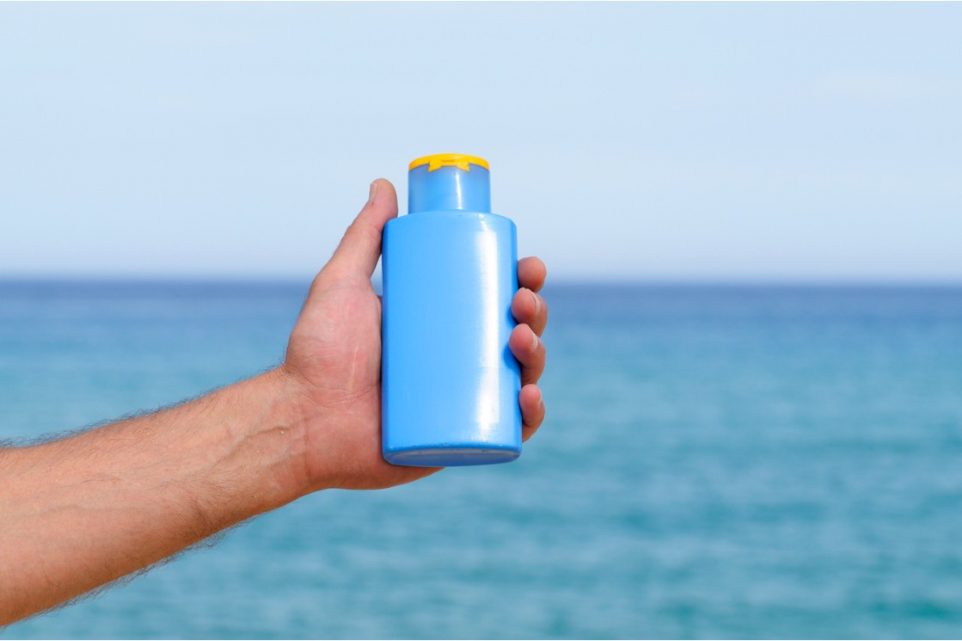Should You Apply Sunscreen Before or After Moisturizer?

Skincare is a world of its own with endless tips, tricks, and debates. But one question has managed to confuse even the most seasoned skincare enthusiasts: should you apply sunscreen before or after moisturizer? With so many opinions and a flood of advice on the internet, it’s time to cut through the noise and find out what really works for your skin.
The Big Question: Why Does Order Matter?
Why is it such a big deal whether you apply sunscreen before or after moisturizer? Well, it all comes down to effectiveness. Sunscreen is your first line of defense against UV rays, which can lead to premature aging, sunburns, and an increased risk of skin cancer. So, making sure it works at its best is crucial for maintaining healthy skin.
The order of your skincare routine can affect how well your sunscreen protects you. Think of your skin as a sponge—it can only absorb so much at one time. If you layer your products incorrectly, you might end up reducing the effectiveness of your sunscreen, which defeats the whole point of wearing it.
What Experts Say: The Science Behind Skincare Layers
When it comes to layering skincare, the rule of thumb is to go from the lightest to heaviest consistency. This logic helps each product get properly absorbed by the skin. Sunscreens, however, have their own set of rules due to their unique function.
Dermatologists are clear on one thing: sunscreen should be the last step in your skincare routine (unless you’re wearing makeup). The reason? Sunscreens are specifically formulated to create a protective barrier on your skin. If you apply anything over it, like a moisturizer, you could dilute or break down this barrier, reducing its effectiveness.
When to Apply Sunscreen: Before or After Moisturizer?
Here’s the simple rule: always apply sunscreen after moisturizer. This ensures that the sunscreen forms an even layer on your skin, maximizing its ability to block UV rays.
If your sunscreen is chemical (meaning it needs to be absorbed by the skin to function), applying it directly after your moisturizer is essential. The moisturizer acts as a hydrating base but doesn’t interfere with the chemical reaction needed for the sunscreen to work. On the other hand, if your sunscreen is mineral-based (also known as physical sunscreen), it sits on top of the skin and reflects UV rays. Even then, it should still go on last to act as a final shield.
The Correct Skincare Routine Order
To help you remember the right order, here’s a quick guide:
- Cleanser: Wash your face with a gentle cleanser to remove impurities and create a fresh base for your skincare.
- Toner (optional): Apply a toner to help balance your skin’s pH and prep it for better absorption.
- Serum: Use a lightweight serum that targets specific skin concerns like hydration, fine lines, or dark spots.
- Moisturizer: Apply your moisturizer to lock in hydration and create a smooth surface.
- Sunscreen: Finish with sunscreen, applying it generously to ensure your skin is fully protected.
Can You Use a Moisturizer with SPF Instead?
Many moisturizers come with built-in SPF, leading some people to wonder if this can replace a standalone sunscreen. While a moisturizer with SPF is better than nothing, it might not provide the same level of protection as a dedicated sunscreen. For one, the SPF in moisturizers is often not strong enough or not applied in the same quantity as sunscreen would be. To stay fully protected, stick to applying a separate sunscreen with at least SPF 30 or higher after your moisturizer.
Tips for Applying Sunscreen Correctly
- Use Enough Product: A common mistake is not using enough sunscreen. You need at least a nickel-sized amount for your face and neck to be fully protected.
- Wait Between Layers: After applying your moisturizer, wait a minute or two before putting on your sunscreen. This allows your skin to absorb the moisturizer and ensures the sunscreen sits on top properly.
- Don’t Forget Your Ears and Neck: These areas are often overlooked but are just as exposed to the sun as your face.
Sunscreen Myths You Should Ignore
- “You don’t need sunscreen indoors”: Wrong. UV rays can penetrate through windows, so if you spend your day by a window or in a sunlit room, you still need sunscreen.
- “You don’t need sunscreen on cloudy days”: Also false. Up to 80% of UV rays can pass through clouds, so daily sunscreen is non-negotiable.
Final Thoughts: Sunscreen as Your Skincare MVP
If there’s one non-negotiable in any skincare routine, it’s sunscreen. Applying it after your moisturizer ensures maximum effectiveness and keeps your skin protected against sun damage. So, the next time you’re piecing together your morning routine, remember: moisturizer first, sunscreen second.
And if you want to take your skin protection game to the next level, consider reapplying sunscreen every two hours when outdoors. Your future self (and your skin) will thank you!